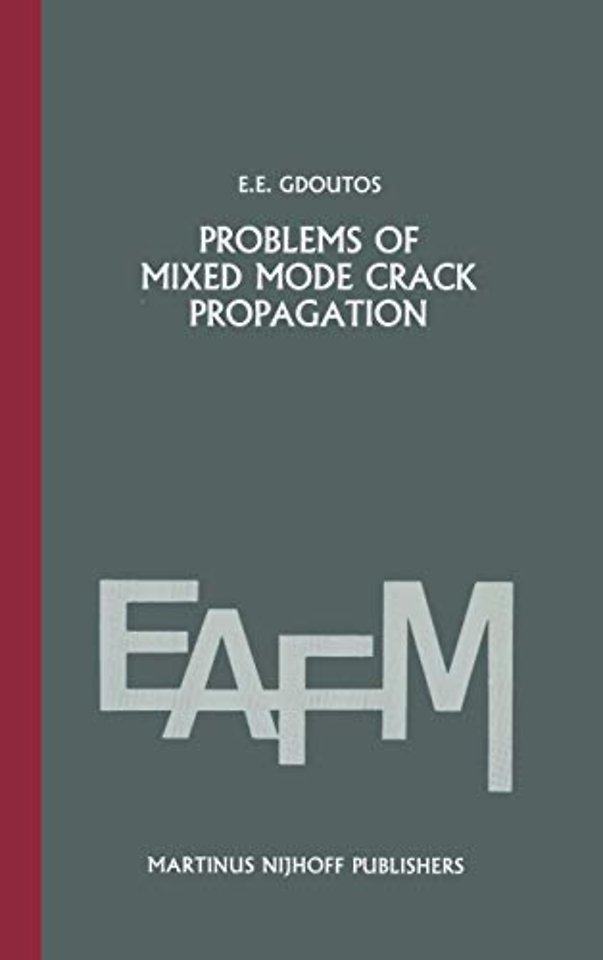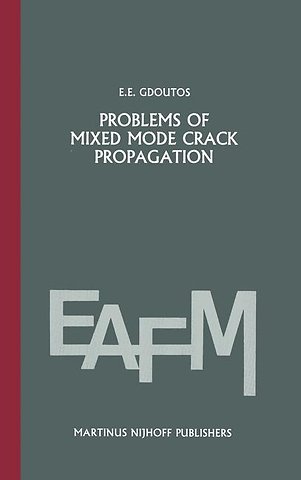Problems of mixed mode crack propagation
Samenvatting
This is not just another book on fracture mechanics. In recent years, there have been many books published on this subject in an attempt to assess the state of the art and its applications. The majority of the work dealt with energy release rate or critical stress intensity factor and is applicable only to fracture toughness testing. The main reason for this restriction is that the energy release concept cannot easily be extended to mixed mode fracture that occurs in practice as the rule rather than the exception. Cracks will normally curve or turn because the direction of loading can change as a function of time. Their directions of growth cannot be assumed as an a priori and must be determined from a pre-assumed criterion. Analysts are still perplexed with selecting an appropriate fracture criterion because it requires much discernment and judgement. Criteria which often appeared valid for idealized situations are quickly dis credited when encountering more complex physical phenomena. Moreover, the claim of generality cannot be justified on the basis of agreement between theory and experiment for a few simple examples.
Specificaties
Inhoudsopgave
Net verschenen
Rubrieken
- aanbestedingsrecht
- aansprakelijkheids- en verzekeringsrecht
- accountancy
- algemeen juridisch
- arbeidsrecht
- bank- en effectenrecht
- bestuursrecht
- bouwrecht
- burgerlijk recht en procesrecht
- europees-internationaal recht
- fiscaal recht
- gezondheidsrecht
- insolventierecht
- intellectuele eigendom en ict-recht
- management
- mens en maatschappij
- milieu- en omgevingsrecht
- notarieel recht
- ondernemingsrecht
- pensioenrecht
- personen- en familierecht
- sociale zekerheidsrecht
- staatsrecht
- strafrecht en criminologie
- vastgoed- en huurrecht
- vreemdelingenrecht

